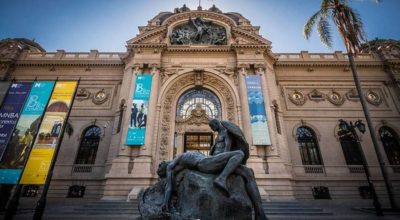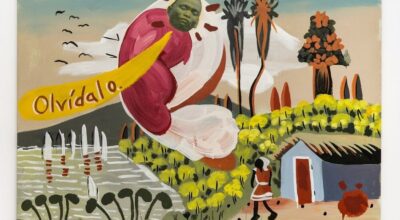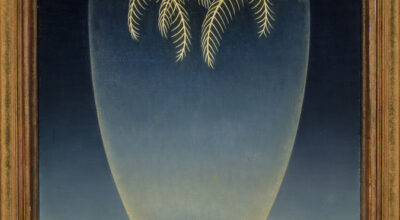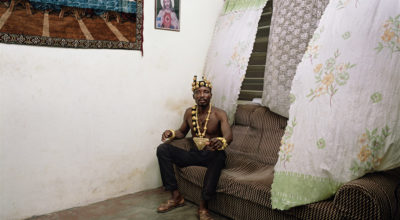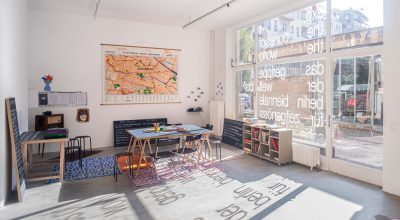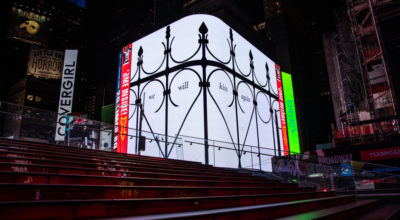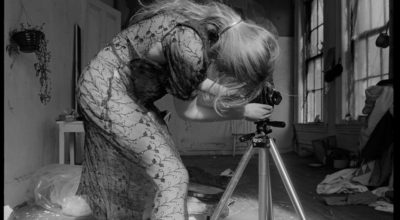English
THE ROLE OF ART IN TIMES OF PANDEMIC
To expose these ruptures, to create objects worth contemplating, artists will need time, light, water, and stability. They will need to get involved in long, thoughtful, experimental processes; being able to assemble and disassemble, to dream and lose hope, in order to achieve the perfect formula. Requiring immediate answers (beyond an opinion or a personal intuition) to a highly informal sector is grossly unfair and totally blinded. Crisis are not, at least as long as they spark off, educational opportunities. They are events that occur and hurt us. They indicate everything about us, included our learning and reflective abilities.
JOSÉ LUIS VARGAS: MYTH-MAKING
The faces and figures in the work of José Luis Vargas (Puerto Rico, 1965) become surrogates of very deep thoughts related to a sharper gaze. The duality in the works were created by many years working with people from different backgrounds, and his studio practice interestingly submerged the people that inhabit the paintings. People on the edge of the sublime and the mythical without forgetting their human nature.
AGNES PELTON: DESERT TRANSCENDENTALIST
«Desert Transcendentalist» is the first solo exhibition devoted to Agnes Pelton (1881–1961), a pioneer of American abstraction, in twenty-five years. This is a rare opportunity to experience Pelton’s profoundly spiritual body of work and to confirm her place in art history. Pelton received little critical encouragement for her abstract paintings during her lifetime as a result of living away from the mainstream art world for most of her career.
THE OVERLAPPING IDENTITIES IN ALIA FARID’S RECENT FILMS
Alia Farid’s work explores contemporary urban life against the backdrop of colonial histories in Kuwait and Puerto Rico, where the artist lives and works. Her exhibition at Witte de With presents a newly commissioned film installation, along with her earlier film At the Time of the Ebb (2019). In both films, Farid delves into how group rituals, social ruptures, and individual acts of resistance may admit, escape, alter or reject definition.
ENSAYOS, A PROJECT BY CAMILA MARAMBIO, NOW AT THE NEW MUSEUM
Ensayos is a collective research practice enacted by artists, scientists, activists, policymakers, and local community members. Sustaining their focus on the ecopolitics of archipelagos for the past decade, they have developed distinct inquiries into extinction, human geography, and coastal health. Their New Museum residency will be multifaceted, including a web series, podcasts, public programs, and an experimental performance. Initiated in Tierra del Fuego, Chile, an archipelago known for its remoteness, biodiversity, and extreme conditions, Ensayos first focused on past and present issues impacting the region at the southern tip of Patagonia.
DEANA LAWSON: CENTROPY -AS PART OF THE 34TH BIENAL DE SÃO PAULO
For the Bienal, Lawson was invited to add another city to the already long list of places she has visited and photographed: Salvador, Bahia, one of the regions in Brazil where the presence of African rites, culture and music is more present. In a strongly authorial way, Lawson’s photographs, which frequently expand toward the theatrical and feature ritualistic objects or props, synthetize a historical, tragic but also fertilizing process of displacements and creolization, which in the context of the 34th Bienal is particularly significant.
THE WORKS ON PAPER OF LUCHITA HURTADO
Combining abstraction and representation with mystical effect, the compositions incorporate sweeping lines and curves, seemingly depicting the interaction of bodies and muscular forms. These totemic figures coupled with the pinks, blues, and greens that draw inspiration from the landscapes and tropical flora of Mexico and her native Venezuela, demonstrate Hurtado’s deeply rooted belief in the mutuality of all living organisms.
“THE EPILOGUE IS THE BEAUTIFUL MOMENT.” MARIA BERRÍOS ON THE BERLIN BIENNALE 2020 CURATORSHIP
“Rumor is the 11th Berlin Biennale has already begun” is the slogan stated on this Biennale website, which has been exploring spaces and places of the fragmented German capital since 1998, addressing critical issues of the current state of art. Biennials are processes. By means of them, relationships are established, sometimes sustainable, we are told on this occasion. The curatorial team consisting of Lisette Lagnado, Renata Cervetto, María Berríos, and Agustín Pérez Rubio, who define themselves as “South American curators” and multigenerational, is inspired by a common idea: collaboration through which each individual voice can be expressed.
PEDRO REYES AND OTHER ARTISTS JOIN CAMPAIGN IN SUPPORT OF ESSENTIAL WORKERS
Times Square Arts, For Freedoms and Poster House just launched a multi-city campaign, which is on view on digital displays throughout all five boroughs of New York City and on JCDecaux screens in New York, Boston and Chicago. Artworks by major contemporary artists Alixa Garcia, Carrie Mae Weems, Christine Sun Kim, Christine Wong Yap, Duke Riley, Jenny Holzer, Kameelah Janan Rasheed, G.O.N.G. with Mel Chin, Nekisha Durrett, Paula Crown, Pedro Reyes, and Xaviera Simmons acknowledge the continued service of essential workers during the pandemic.
FRANCESCA WOODMAN PHOTOGRAPHED BY GEORGE LANGE
A visual dialog between two remarkably talented young photographers, Lange’s photographs of Woodman are both a celebration of youthful creativity and a premonition of the importance Woodman’s pictures would have in their exploration of self-portraiture, female subjectivity, and the expressive power of photography.

